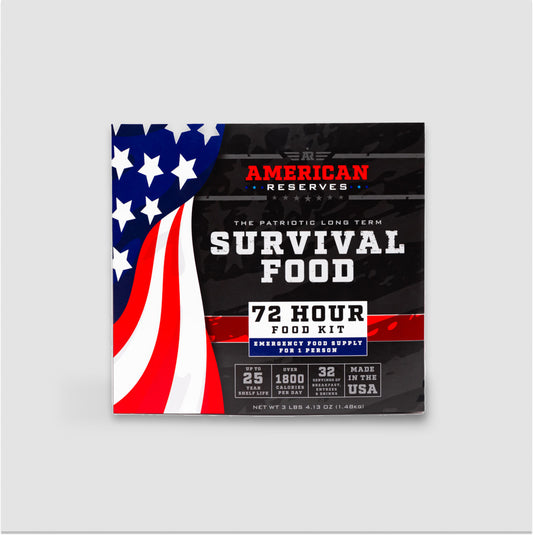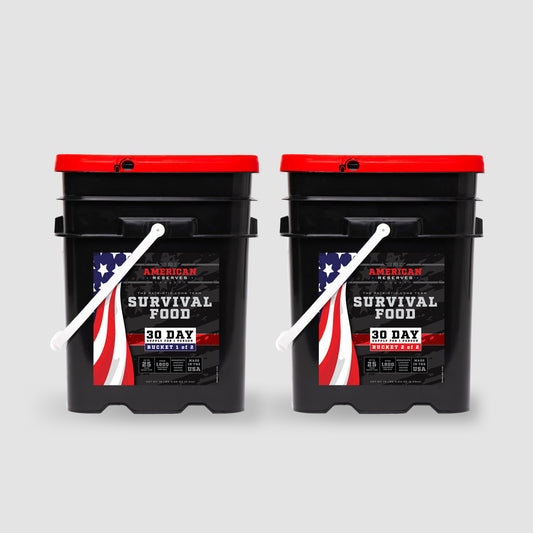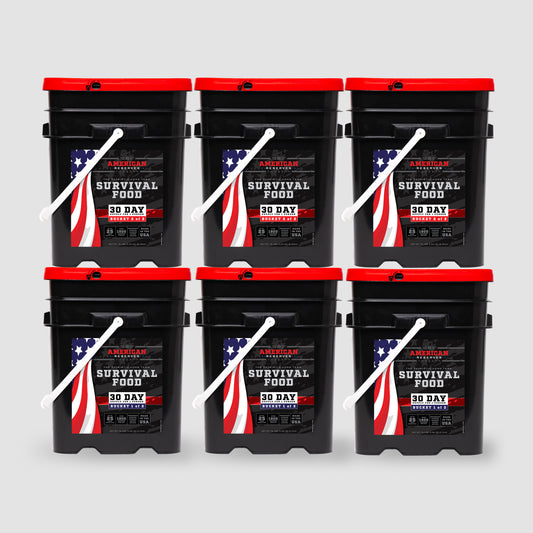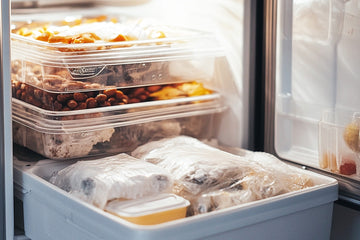
What Should I Throw Out Of Freezer After Power Outage?
Power outages are an inevitable part of life, but they don't have to spell disaster for your frozen foods. Knowing what to discard from your freezer after a power outage can safeguard your family's health and prevent foodborne illnesses. Whether you're a parent, an urban dweller, or an emergency preparedness enthusiast, this article delivers essential tips to help you make informed decisions about your freezer's contents.
Importance Of Knowing What To Throw Out After a Power Outage
Understanding what to throw out of the freezer after a power outage is vital for safeguarding your family's health and preventing foodborne illnesses. When the power goes out, the temperature in your freezer can rise, causing certain foods to thaw and become unsafe to eat. By knowing which items to discard, such as meat, poultry, seafood, eggs, and dairy products, you can avoid the risks associated with consuming compromised food. This knowledge not only helps in maintaining a healthy diet but also minimizes food waste and ensures that your household remains safe and well-prepared for any future outages.
What Should I Throw Out Of Freezer After Power Outage?
High-Risk Items: Meat, Poultry, and Seafood
Meat, poultry, and seafood are particularly susceptible to bacterial growth when they thaw. If these items have been exposed to temperatures above 40°F for more than two hours, they should be discarded. Consuming these foods after they have been compromised can lead to serious foodborne illnesses. Always err on the side of caution and discard any meat, poultry, or seafood that has been partially or fully thawed during a power outage.
Dairy Products: What to Keep and What to Toss
Dairy products such as milk, cheese, and ice cream can spoil quickly once they start to thaw. Milk and soft cheeses should be discarded if they have been above 40°F for more than two hours. Hard cheeses may fare better and can often be kept if they have only been slightly thawed. Ice cream, however, should be thrown out if it has melted and refrozen, as its texture and safety are compromised.
Frozen Fruits and Vegetables: Safety Guidelines
Frozen fruits, vegetables, and jams can be more resilient to temperature changes, but they are not immune to spoilage. If these items have thawed and are still cold, they can often be refrozen, although their texture may suffer. However, if they have been above 40°F for more than two hours, it is safer to discard them. Pay particular attention to any signs of spoilage, such as an off smell or unusual texture, before deciding to keep or toss these items.
Prepared and Packaged Foods: When to Be Cautious
Prepared and packaged frozen food, such as frozen dinners, pizzas, and casseroles, should be evaluated carefully. If these items have thawed completely and have been above 40°F for more than two hours, they should be discarded. The risk of bacterial contamination is high, and consuming these foods can pose significant health risks. Always check for any signs of spoilage and use your best judgment to ensure food safety.
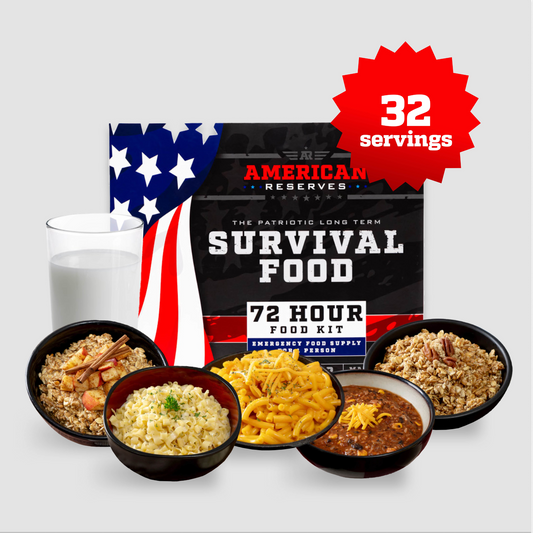
72 Hour Emergency Food and Drink Supply - 32 Servings
$36.99
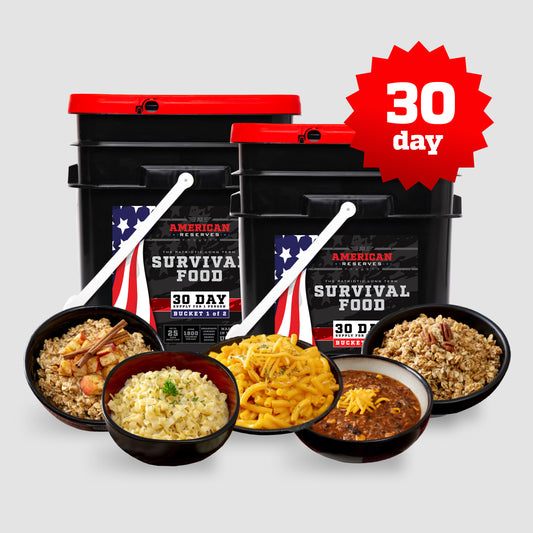
30 Day Emergency Food Supply
$319.99
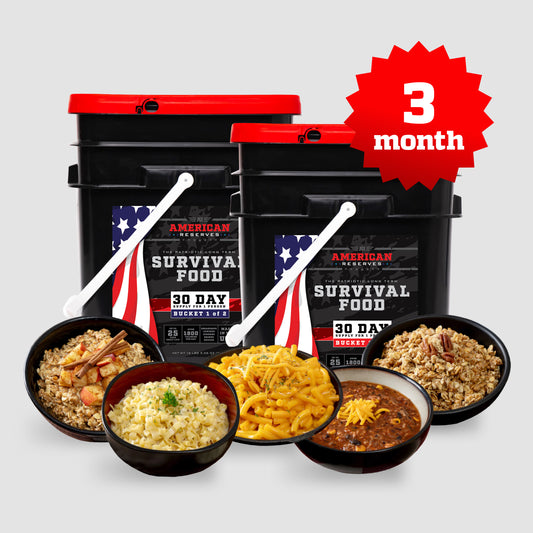
3 Month Emergency Food Supply
$835.00
How Long Is Food Safe In The Freezer Without Power?
Food in a fully stocked freezer can remain safe for up to 48 hours without power, while a half-full freezer will keep food safe for approximately 24 hours, provided the freezer door remains closed. Keeping the door shut helps maintain the cold temperature, slowing down the defrosting process. It's crucial to monitor the internal temperature of the freezer; if it rises above 40°F, the food inside begins to enter the danger zone where bacteria can grow rapidly. Using a freezer thermometer can help you make informed decisions about the safety of your perishable food during and after a power outage.
What Are The Risks Of Consuming Food That Has Thawed and Refrozen?
Consuming food that has thawed and refrozen poses significant health risks due to the potential growth of harmful bacteria during the thawing process. When food thaws, it enters the temperature danger zone (40°F to 140°F), where bacteria can multiply rapidly. Refreezing does not eliminate these bacteria, and consuming such food can lead to foodborne illnesses, including symptoms like nausea, vomiting, diarrhea, and abdominal pain. Additionally, the texture and quality of the food can degrade, making it less palatable and nutritious. To ensure safety, it's crucial to discard any food that has thawed and refrozen, especially high-risk items like meat, poultry, seafood, and dairy products.
What Refrigerator Foods Can Survive a Power Outage?
- Hard Cheeses: Cheddar, Parmesan, and Swiss can often survive short power outages.
- Condiments: Items like mustard, ketchup, salad dressing, soy sauce, and vinegar-based dressings are generally safe.
- Butter and Margarine: These can remain safe for a few hours without refrigeration.
- Fresh Fruits and Vegetables: Most can withstand room temperature for a limited time.
- Fruit Juice and Soft Drinks: These can remain safe at room temperature for a limited time.
- Peanut Butter: Both natural and processed varieties can last without refrigeration.
- Bread and Baked Goods: These are typically safe at room temperature for short periods.
- Pickles and Olives: The brine helps preserve these foods even without refrigeration.
Do Refrigerated Foods Last Longer Than Freezer Foods After a Power Outage?
Refrigerated foods generally do not last as long as freezer foods after a power outage. While a fully stocked freezer can keep food safe for up to 48 hours if the door remains closed, refrigerated foods typically only remain safe for about 4 hours without power. This is because refrigerators maintain a higher temperature than freezers, causing perishable items like dairy, meat, and leftovers to enter the danger zone (above 40°F) more quickly, where bacteria can grow rapidly. Therefore, it's crucial to prioritize checking and consuming refrigerated items first during a power outage to minimize the risk of foodborne illnesses.
How Can You Minimize Food Waste After a Power Outage?
Minimizing food waste after a power outage involves a combination of preparation and quick action. First, invest in a freezer thermometer to monitor temperatures and keep the freezer door closed as much as possible to maintain the cold. Prioritize consuming perishable items from the refrigerator first, as they spoil faster than frozen foods. Organize your freezer with a clear inventory, placing high-risk items like meat and dairy in easily accessible spots to check their status quickly. If a power outage is anticipated, consider freezing refrigerated items to extend their shelf life. Additionally, have a plan for cooking and consuming thawed but still cold foods promptly, and share excess food with neighbors or friends to prevent waste. By taking these steps, you can effectively manage your food supply and reduce waste during and after a power outage.
What Are The Best Foods To Have On Hand In Case Of a Power Outage?
- Canned Goods: Non-perishable items like canned beans, vegetables, soups, and meats that do not require refrigeration.
- Peanut Butter: A versatile, protein-rich food that can be stored at room temperature.
- Dried Fruits and Nuts: Long-lasting and nutritious snacks that do not need refrigeration.
- Granola Bars and Crackers: Convenient, shelf-stable options for quick meals and snacks.
- Freeze-Dried Emergency Food Kits: Specifically designed for long-term storage and easy preparation, providing essential nutrients during extended power outages.
Conclusion
In conclusion, knowing what to throw out of the freezer after a power outage is essential for protecting your family's health and minimizing food waste. By understanding the risks associated with thawed and refrozen foods, and taking proactive measures to assess and manage your freezer contents, you can make informed decisions that ensure food safety. Additionally, being prepared with the right foods on hand and having a plan in place for future outages can help you navigate these situations with confidence and ease. Prioritizing food safety not only safeguards your health but also contributes to a more efficient and resilient household.
Final Thoughts
Combining unmatched survival expertise with premium, locally sourced ingredients from across the USA, American Reserves offers emergency food supply kits designed to provide crucial nutrition in times of need. These kits are your reliable solution for any emergency. Prepare confidently for any situation with the trusted quality of American Reserves!
Sources
